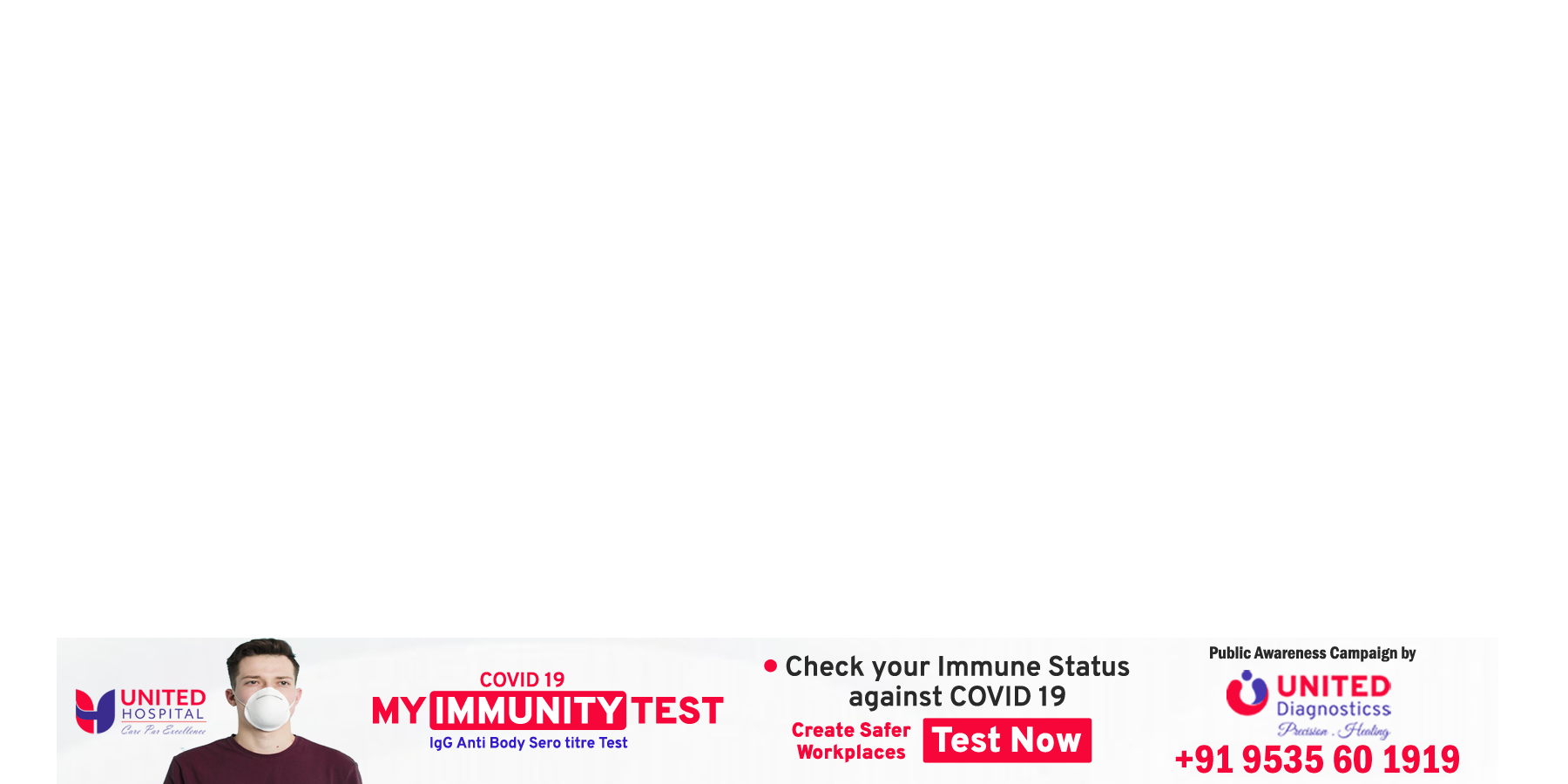Home Articles Telangana’s ‘Drugs From The Sky’ task can be a distinct advantage in...
KEY STORY
-
You know of drones for surveillance, you’ve heard of them being used for photography and even for food delivery. But what if we tell you that your medical supplies can now be air delivered to you?
-
Telangana government’s ‘Medicine From The Sky’ (MFTS) programme has taken drones beyond the usual realms and are being deployed to deliver medicines, vaccines, units of blood, diagnostic specimens, and other lifesaving equipment. With the nod from the Ministry of Civil Aviation, the project is scheduled to launch today (September 11) in Telangana’s Vikarabad district.
-
Under the project, Beyond Visual Line of Sight (BVLOS) drone flights will be deployed for transporting payloads of medicines and medical equipment using the identified airspace in the district. According to reports, Telangana’s Information Technology Secretary Jayesh Ranjan said that the objective is to integrate drone deliveries with existing systems and enable urban grade infrastructure even for remote and rural areas.
-
The project is led by the Emerging Technologies Wing of Telangana’s IT department. The department has partnered with World Economic Forum (WEF), NITI Aayog, and HealthNet Global (Apollo Hospitals).
-
The WEF entered the partnership at the Wings 2020 event in Hyderabad last year. The project is the first-of-its-kind in India as it is the first organised BVLOS drone trials in the country and the same is being conducted in healthcare as the domain, a statement from minister KT Rama Rao’s office said.
-
The pandemic has widened the scope for using drones in the healthcare sector. The drones will be operated using apps that will intimate the healthcare facility about a requirement. The supply centre will then load the inventory at the drone’s hub.
-
The drop-location coordinates are fed into the systems and the drone then takes off after checking the wind conditions and the usual pre-flight assessments. Once it reaches the delivery location, the receiver can collect the shipment after keying in an OTP.
-
Just like sending and receiving a shipment on a delivery app like Dunzo. The only difference is that it will be delivered using aerial technology.
-
So far, the biggest hurdle in using drones was getting governmental clearances. The Ministry of Civil Aviation’s new liberalised Drone Rules has effectively resolved the challenge, marking a turning point for deploying autonomous unmanned drones in the civilian sector.
-
As we battle the pandemic with vaccines, MFTS can completely change the way vaccines are being distributed and delivered.
CONCLUSION
-
The present category of drones being used for this project can transport about 5,000 doses of vaccine in one trip of a straight-line distance of 20 kilometres even in remote areas. If we factor in 10 trips each by a pair of drones, we are looking at 50,000 doses being delivered in a day, according to the Telangana IT department.
-
MFTS intends to assist policymakers and health systems to consider drones as competing delivery models. It is set to change the way we look at drones and the next stop is likely to be e-commerce.














